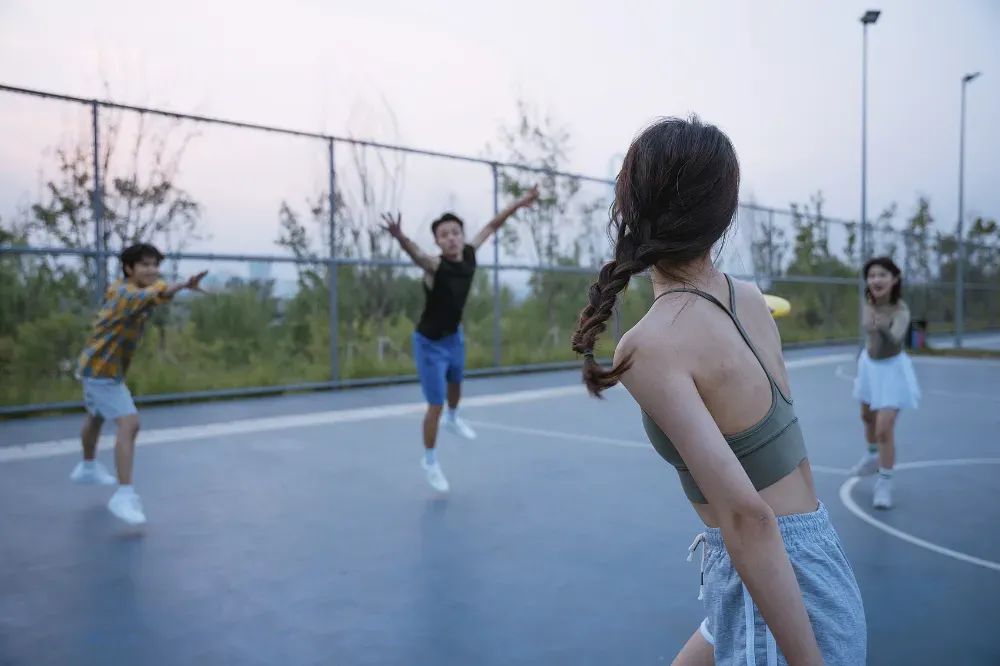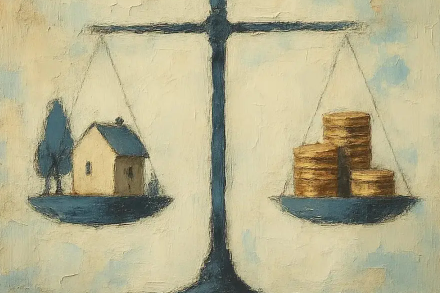
Positive Reviews: The Social Value of the Frisbee Craze and Its Catalytic Role in Personal Growth
The explosive popularity of frisbee sports in China is essentially a “sports social revolution” that precisely meets the needs of contemporary young people. As can be seen from the news, the frisbee craze around 2021 was not accidental. With its characteristics of low threshold, strong social interaction, and light competition, it quickly filled the gap between the work pressure and emotional connection of urban youths.
First of all, the “low threshold” of frisbee breaks the technical barriers of traditional sports. Different from sports like football and basketball that require long – term training, frisbee has simple rules (for example, in ultimate frisbee, each team has 7 players, and there are offensive and defensive operations in the scoring area), and has relatively balanced physical requirements (there is no obvious disadvantage in mixed – gender play). The feature that novices can “get started after one play” makes it the best choice for urban people to “quickly relieve stress after work”. Participants like Taotao and Xiaoming mentioned in the news were initially attracted by the mentality of “just having some fun”, but they soon got deeply involved because of the pleasure of “combining running and thinking”. This transformation path from social interaction to love precisely reflects the unique value of frisbee as an “entry – level sport”.
Secondly, the social attribute of frisbee reconstructs the offline connection mode of urban youths. From the description of “playing frisbee is the first gathering”, we can see how this sport has become a bridge for strangers to build trust. The dinners after the games, the extension of topics from work to life, and the empathy in teamwork all make the frisbee field a melting pot for “social phobics” and “social butterflies” in the city. Especially against the background of the prevalence of online social interaction after the pandemic, frisbee provides real physical interaction and emotional communication scenarios. This compound experience of “sports + social interaction” is the core driving force for it to attract more than 300 clubs in a short period (data from 2022).
What is more noteworthy is the catalytic effect of frisbee on personal growth. Xiaoming’s transformation in the news is quite representative. A “laid – back” Internet practitioner was inspired by frisbee to develop a competitive spirit. From “just participating for the sake of it” to researching tactics and drawing strategic maps, she even became a core member of the club. This case of “sports feeding back into life” reveals the deep – seated value of frisbee. It is not only for entertainment but also a training ground for self – breakthrough. When Xiaoming “thinks about running positions and helps teammates score” on the field, she is actually exercising her decision – making ability and teamwork ability, which will be transferred to her work and life, forming a positive cycle.
In addition, the “extensibility of gameplay” of frisbee provides the possibility for the vitality of the sport. The new forms such as “frisbee nine – grid” and “throwing frisbees at the campsite” mentioned in the news show that loyal players are actively exploring diverse scenarios for the sport. When the craze subsides, these “relaxed gameplay” forms actually make frisbee return to the essence of “daily sports” – no need for professional venues, no need for high – intensity confrontation, and it can be played anytime and anywhere by appointment. This “de – glorified” state is precisely the foundation for the long – term survival of the sport.
Negative Reviews: The Fragility of the Sports Ecosystem Behind the Subsiding Craze
The transition of frisbee from being a “top – tier fad” to “declining” exposes multiple hidden dangers in the rapid expansion of niche sports. Its decline is not simply due to the “fading of novelty”, but the result of the combined effects of the ecological fragility of the sport itself, the alienation of commercialization, and the lack of rules.
First of all, the “labeling” and “instrumentalization” of frisbee have overdrawn the essence of the sport. Phenomena such as “appearance – based games”, “asset – based games”, and “emphasis on handsome men and beautiful women” mentioned in the news have turned frisbee into a “social springboard” or even a “tool for circle screening”. When the core demands of some participants shift from “enjoying the sport” to “social purposes”, the sports attribute of frisbee is severely diluted. Once the social goals are achieved (such as making new friends and taking pictures for social media), these people will quickly withdraw, resulting in a “boom – and – bust” in the number of participants. This “instrumentalization” not only damages the purity of the sport but also makes real frisbee lovers feel excluded, accelerating the group division.
Secondly, the lack of rules and a tournament system restricts the professional development of frisbee. The key pain points such as “vague judgment of physical confrontation” and “incompatible tournament systems” mentioned by Xiaoming in the interview are crucial. Compared with mature sports like football and basketball, frisbee lacks unified rule standards (such as the scale of physical confrontation and scoring criteria) and a hierarchical tournament system (a ladder from community games to national leagues), making it difficult for players to gain a sense of “advancement achievement”. When novice players become “veterans”, they cannot find a more professional competition platform and are likely to switch to sports with clearer rules and stronger competitiveness (such as flag football and paddleboarding). This “growth gap” is an important reason why frisbee has difficulty retaining core users.
Moreover, disputes over venues and disorderly commercialization have intensified the public’s negative impression of frisbee. The controversy of “seizing football fields” during the frisbee craze is essentially a contradiction between the expansion of the sport and the allocation of public resources. Since most frisbee clubs rely on public venues (such as the football field in Beijing CBD mentioned in the news) and lack a coordination mechanism with traditional sports (such as football), “sports conflicts” occur frequently, further intensifying the public’s negative evaluation of frisbee (such as the extreme remark “only dogs catch it”). In addition, some clubs set high thresholds (such as membership fees and over – priced equipment) for quick profits, which actually raises the cost of participation, going against the original intention of frisbee being a “low – threshold” sport.
Finally, the “life – cycle dilemma” of niche sports is difficult to avoid. The rise and fall of frisbee is essentially a typical trajectory of “internet – famous sports”. It boomed due to “social attributes + media hype” but declined because of “lack of core competitiveness + migration of user needs”. The fact that “fewer young people were seizing football fields after 2023” mentioned in the news is a concrete manifestation of this “subsiding craze”. For niche sports, if they cannot transform from being “internet – famous” to “daily”, their vitality will eventually be replaced by more “novel” sports.
Suggestions for Entrepreneurs: The Sustainable Development Path of Niche Sports from the Rise and Fall of Frisbee
The “rise” and “fall” of frisbee provide important insights for entrepreneurs. The sustainable development of niche sports requires balancing the “social attribute” and the “essence of the sport” and building an ecological closed – loop of “rules – tournaments – users”. Based on the pain points in the news, the specific suggestions are as follows:
Deeply cultivate the “essence of the sport” and avoid excessive labeling: Entrepreneurs need to clarify that the core value of the sport is “physical participation” rather than a “social tool”. They can design a “skill advancement system” (such as certification for frisbee passing, receiving, and running positions) and organize “purely competitive tournaments” (reducing the publicity of “appearance” and “circles”) to guide users to focus on the fun of the sport itself. For example, they can refer to the “amateur ranking system” of badminton to provide a clear growth path for frisbee players and enhance their long – term participation motivation.
Promote the standardization of rules and the systematization of tournaments: Cooperate with sports institutions and senior players to formulate unified rules (such as the scale of physical confrontation and scoring criteria) and build a hierarchical tournament platform (community games → city games → national leagues). For example, they can learn from the model of the “China Frisbee League (CFPL)” to enhance the authority of tournaments through official certification and attract more “advanced players” to stay. At the same time, establish a referee training system to solve the problem of “penalty disputes” and improve the professionalism of the sport.
Explore diversified scenarios and reduce venue dependence: To address the problem of “venue conflicts”, they can develop gameplay without fixed venues (such as the frisbee nine – grid and camping frisbee mentioned in the news) or cooperate with shopping malls and parks to create “frisbee – exclusive areas” (such as setting up temporary scoring areas and protective nets). In addition, combined with the trend of “light sports”, they can launch parent – child and pet – friendly gameplay such as “family frisbee” and “pet frisbee” to expand the user group.
Focus on the operation of core users and build community culture: After the craze subsides, core users (such as Taotao and Xiaoming in the news) are the key to the survival of the sport. Entrepreneurs can enhance user stickiness through “club community operation” (such as tactical discussions and equipment sharing) and “offline event IPs” (such as the annual frisbee festival and the league for veteran players). At the same time, they can dig out user stories (such as Xiaoming’s transformation from “laid – back” to “competitive”) and convey the “growth value” of the sport through content dissemination to attract more “like – minded” users to join.
Be vigilant against commercialization traps and return to user needs: Avoid over – drawing user trust through “high – threshold fees” and “over – priced equipment”. They can adopt the model of “free basic services + paid value – added services” (such as professional coaching courses and customized equipment). At the same time, cooperate with sports brands to develop “cost – effective” equipment (such as lightweight frisbees and quick – drying sportswear) to reduce the cost of participation and truly achieve the original intention of “low – threshold”.
The story of frisbee tells us that the “popularity” of niche sports may rely on traffic, but their “survival” must rely on the core. When the craze subsides, what remains is not only a group of loyal players but also a re – examination of the essence of the sport. It can be daily, diverse, and pure, and perhaps this is the “legacy” that all niche sports should adhere to.
- Startup Commentary”Building LLMs: The Knowledge Graph Foundation Every AI Project Needs”
- Startup Commentary”The 17th Year of Tmall Double 11 and the New Map Rewritten by AI”
- Startup Commentary”How to Prepare Your Data for Artificial Intelligence”
- Startup Commentary”Small and Medium-sized Banks: “Cutting the Tail” in Loan Assistance”
- Startup Commentary”The Six AI Giants on Stage: AGI Is No Longer a “Future” Thing”




